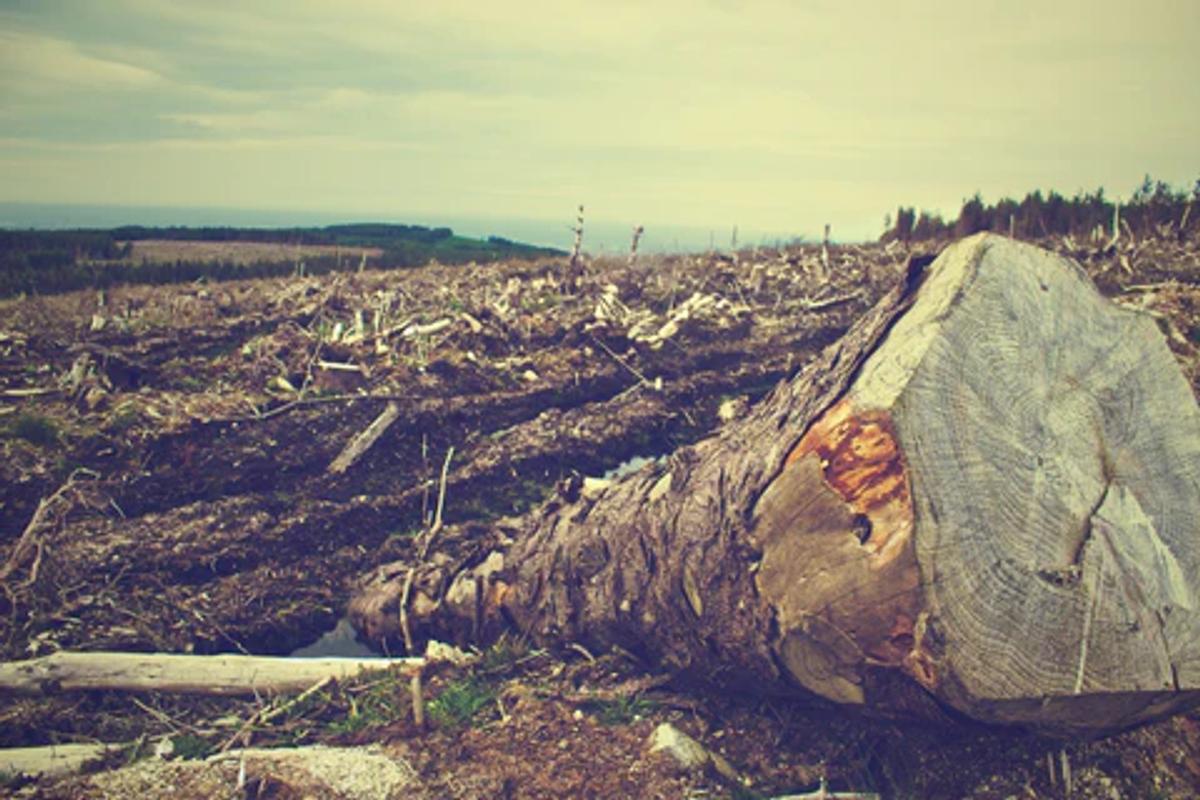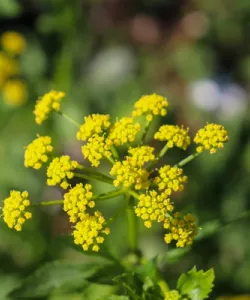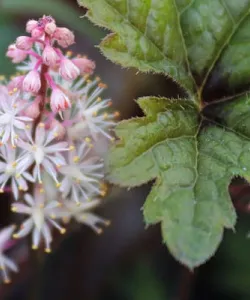Native Plants of Massachusetts: 12 Options For Your New England Garden


Massachusetts is home to an awesome suite of amazing plants that are all native to the state. These various species include native trees like the ubiquitous Red Maple (Acer rubrum) and beautiful Sugar Maple (Acer saccharum); as well as deciduous shrubs like Canadian Serviceberry (Amelanchier canadensis) and even Massachusetts' state flower, the Mayflower (Epigaea repens). As you'll learn below, there are so many advantages to planting native species if you have the opportunity to introduce them to your yard. This list of 12 Massachusetts native plants should help you get started, whether your yard is sunny, partially shaded, or mostly under a dense canopy. But first...
What are Native Plants?

A Monarch Butterfly feeding from a purple Aster.
Put simply, plants native to Massachusetts are those that have grown in the area we now call Massachusetts (and throughout much of the northeastern United States) for many thousands of years. This means that the native plants we interact with today - like those seen at native plant sales in your area - are the descendants of ancestral species that were growing in and supporting Massachusetts' ecosystems long before the arrival of European colonists. In that time, these species have become uniquely well-adapted to thrive in the local New England environment while providing genuine wildlife habitat. They also happen to be amazing plants for the garden or home landscape: they are generally fast growing and drought tolerant, require no fertilizer, and are low maintenance. Finding the right native plants for your area will improve the look and ecological value of any landscaping project.

Why are Native Plant Species Important?

Habitat mismanagement is a leading driver of biodiversity loss worldwide.
There has been an ongoing and incredible loss of animal life worldwide over the past 150 years. This is a tragedy that has affected almost every major group of wildlife, including the many bees, butterflies, birds, and other beneficial pollinators that allow our natural world to function. A leading driver of this crash is land mismanagement: as humans, we've spent far too long removing the native trees and herbaceous perennial plants our local wildlife needs and replacing them with non native species that do little or nothing to help.

Hummingbirds are just one of thousands of groups of beneficial organisms supported by native plants like this Coralbean
By contrast, the trees, shrubs, grasses, and flowers that are native to their areas are especially well-adapted to provide food and shelter for many beneficial insects, birds, and other wildlife. These plants also tend to cycle nutrients into the soil more efficiently, and retain more storm water, than any kind of turf grass. Many species of native plants can survive in poor soils and are drought tolerant and deer resistant once established. Simply by adding some of New England's native plants to our Massachusetts garden beds or other landscaping efforts, we can directly help to reduce atmospheric CO2, create fertile soil, and reestablish a healthy environment.
Massachusetts Native Plants for Landscaping
Below, I share just a handful of Massachusetts native plant species, and split them into three major plant lists of sun exposure: Full Sun, Partial Shade, and Full Shade. Each one of the plants listed will support many beneficial insects and some can be found, along with other Massachusetts native plants, in My Home Park's pre-designed gardens for Massachusetts.
Native Plants for Full Sun

Many of us have likely come across Wild Bergamot (also called Bee Balm), which is one of many herbaceous perennials native to Massachusetts and many other parts of North America. This is an incredibly adaptable plant that will thrive in various growing conditions so long as it gets enough sun exposure. Its lovely lavender flowers will attract butterflies, bees, and even hummingbirds to your garden during its mid summer bloom. An easy native plant to maintain, Wild Bergamot grows about 4' tall on average and requires only rare division to keep in one place.

Swamp Milkweed, also commonly referred to as Red or Rose Milkweed, is a wonderful choice for first-time gardeners looking to make a positive impact on their environment. With its striking clusters of pink or mauve flowers and long, slender leaves, this native perennial not only adds beauty to your garden but also supports important pollinators like butterflies and bees. Easy to care for and adaptable to various soil types, Swamp Milkweed is a perfect starting point for those new to gardening, providing a splash of color while contributing to the health of local ecosystems.
As a member of the Asclepias genus of milkweeds, Swamp Milkweed also provides endangered Monarch Butterflies with a place to lay their eggs. Monarch Butterfly caterpillars feed exclusively on milkweeds, so by cultivating Rose Milkweed in your garden, you'll be creating a stunning landscape while also contributing to the conservation of this fragile species.

Yellow Giant Hyssop is another native perennial that brings vibrant beauty and pollinator activity to Massachusetts gardens. Reaching 3 to 5 feet tall and featuring striking yellow flower spikes and aromatic foliage, this plant stands out in both aesthetics and functionality. It's a magnet for bees, butterflies, and hummingbirds, enhancing biodiversity and promoting a healthy ecosystem. Yellow Giant Hyssop prefers sunny areas with well drained soil.

Garden Phlox (Phlox paniculata) is a delightful perennial known for its stunning clusters of fragrant, colorful flowers. These flowers come in a variety of shades, including pink, purple, white, and red, adding vibrant hues to your garden. Garden Phlox is a favorite among pollinators like butterflies and bees, making it another great choice for supporting local wildlife. This versatile plant thrives in full sun to partial shade and prefers well-draining soil. With regular watering and proper care, Garden Phlox can reach heights of 2 to 4 feet, making it a wonderful addition to borders, beds, or as a focal point in your garden.
Native Plants for Partial Shade

Hairy Beardtongue gets its name in part from the fine hairs on their purple flowers. A resilient and adaptable addition to almost any garden, this plant enjoys full to partial sun and well-drained soils. Although Hairy Beardtongue grows only about 1 to 2 feet tall, it will attract all manner of pollinators - occasionally even hummingbirds - during its spring bloom.

Golden Alexanders are a beautiful choice for any Massachusetts garden with moist soils and partial to full sun. This hardy plant can even tolerate heavy clay soils. Another polite, very low maintenance and low growing plant (1' - 2' tall), Golden Alexanders will bring a wash of yellow flowers during their mid to late spring bloom.

Blue-stemmed Goldenrod is characterized by its bright yellow inflorescences, which bloom in late summer and early fall, providing a vital nectar source for a range of pollinators, including bees and butterflies. Reaching heights of up to 3 feet, Blue-stemmed Goldenrod thrives in environments with partial to full shade and well-drained soils. The distinctive blue stems add an a unique aesthetic aspect.

A captivating flowering plant renowned for its striking scarlet-red blooms and its crucial role in supporting pollinators, particularly hummingbirds. This perennial wildflower thrives in wetland habitats and along the edges of streams, where its vibrant flowers stand out against lush dark green foliage. Growing to heights of 2 to 4 feet, Cardinal Flower brings a vertical accent to gardens and natural settings. Its unique color and shape make it a standout choice for attracting attention and biodiversity. This plant's preference for higher soil moisture and partial to full sun aligns well with various wetland restoration projects and rain gardens.
Native Plants for Shade

All goldenrods (plants with a scientific name that includes Solidago) are among the most important native plants in North America because they tend to bloom in late summer and their flowers support so many species of beneficial insects. Zigzag Goldenrod is one of just a few goldenrods that enjoys life with little sun. A great choice for shade gardens with dry to mesic soil, this plant will bring a wash of yellow to the understory.

With a height ranging from 1 to 2 feet, Golden Ragwort is a clump forming perennial that grows in compact mounds of foliage that serve as excellent ground cover, especially in shaded or partially shaded areas. This perennial plant features clusters of golden-yellow flowers that bloom in early spring, creating a vibrant display that attracts pollinators like bees and butterflies. Its adaptability to different soil types, including moist and well-draining soils, makes it a versatile choice for various gardening conditions.

White Wood Aster is a delicate yet resilient native wildflower that graces woodlands, gardens, and natural habitats with its understated beauty. This perennial plant features dainty, daisy-like white flowers that bloom in late summer to early fall, providing a late-season burst of color when many other plants have finished flowering. Reaching a height of about 1 to 3 feet, White Wood Aster is known for its slender stems and heart-shaped leaves, which create an attractive backdrop for its starry blooms.

Foamflower is a charming native perennial that adds a touch of elegance to woodland gardens and other sheltered areas. This plant derives its name from its distinctive heart-shaped leaves and delicate foam-like clusters of white flowers that emerge in spring and early summer. The foliage forms attractive mounds that create a lush ground cover, while the flower spikes reach up to 12 inches in height, adding vertical interest to your garden.

What You Can Do Today

If you live in Massachusetts, My Home Park has pre-designed gardens that bring together diverse sets of New England native plant species produced by expert, organic growers who draw on diversified east coast gene lines. These gardens are designed to bloom from early spring to fall, beautifying your landscape while supporting wildlife. Check out our catalog for Massachusetts or in any of the other states we serve in New England and beyond to get started today!

Share this article


